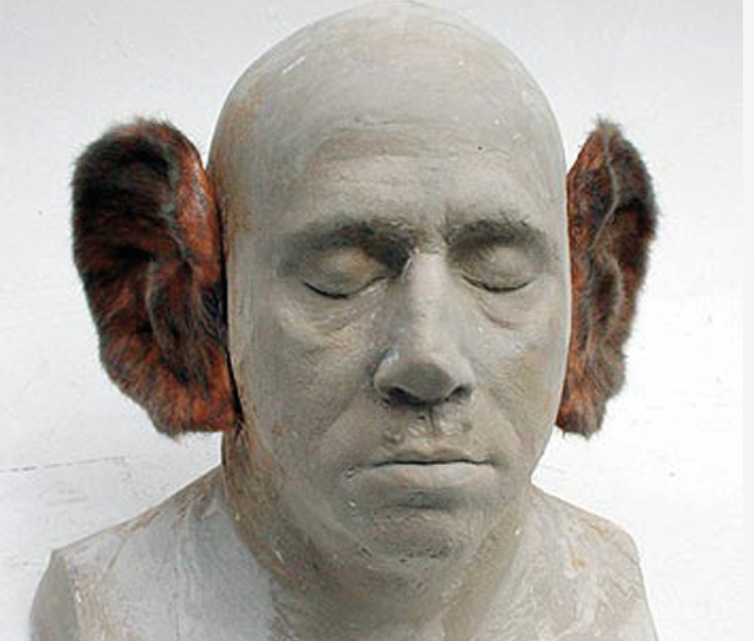Of Snell Mice and Men
April 17, 2011

Mice and men display striking genetic similarities in hormone dependent growth disturbances. If a mouse responds in a certain way to a genetic mutation, chances are that a human will respond in similar fashion. The first dwarf mouse was discovered by Nobel Prize winner George Snell in 1929. Later during the sixties research on the Snell mouse was important in revealing the pituitary to be the master growth gland. The tiny mouse is only 1/3 of the size of it’s normal peers due to a recessive mutation in the Pit 1 (pituitary-specific transcription factor 1) gene. But it is not its decreased size why the mouse has become part of a much researched field of expertise. It is because like human carriers of the Methuslah gene Snell mice become up to 40% older then their bigger relatives. It’s a strong argument against our obsession with growing ever larger. The small quite often seem to live longer and healthier lifes.
The (unsurprising) interest of the pharmaceutical industry is clearly indicated by the fact that since 2003 more then a dozen new long-lived genetic mouse models were described in addition to the 7 known until then. Hopefully, in the slipstream of this mammalian anti-aging quest, The Incredible Shrinking Man will be able to pick up the crumbs of knowledge that may lead to equally healthy but smaller people.
[…] more so if environmental factors prompt it to do so. A specific mutated model of mice called the Snell Mouse, known for its lack of Pit1, is up to 70% smaller than regular mice. At the same time the lifespan […]